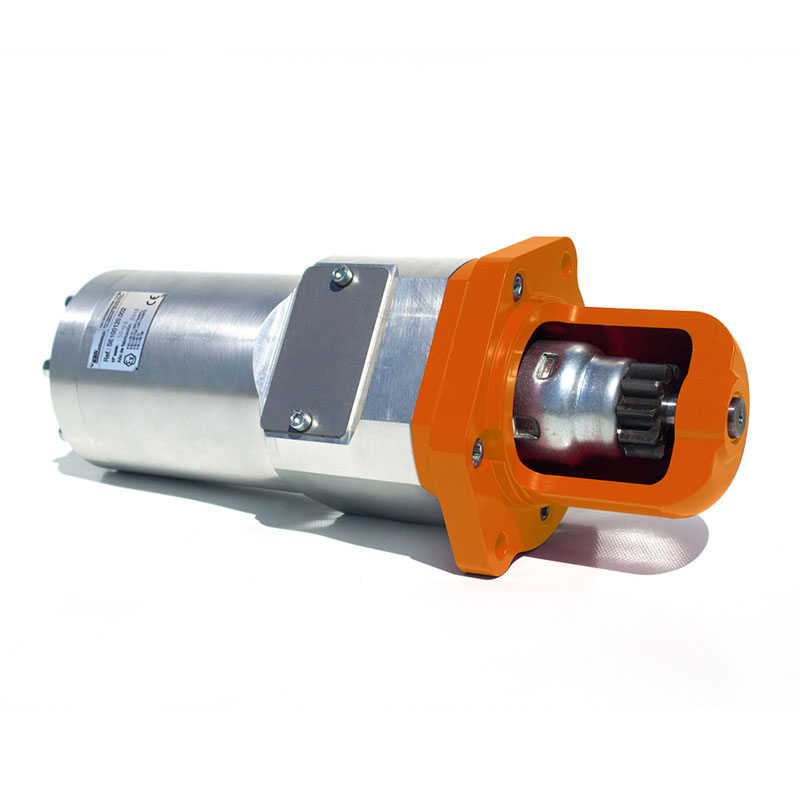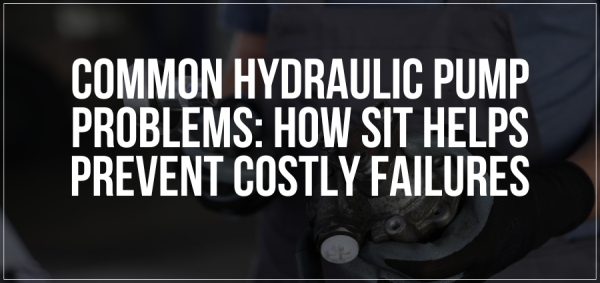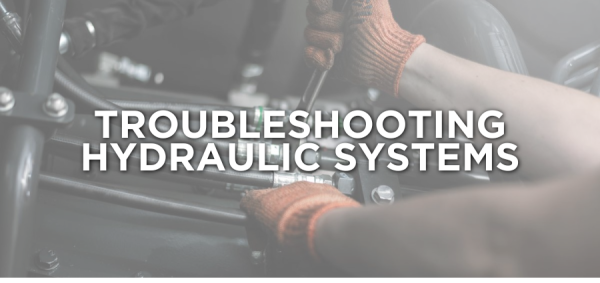Table of Contents
- The differences and importance of choosing the correct hazardous area starter for your application.
- The Significance of ATEX and IECEx Certifications
- Hydraulic Starters: Reliability in the Most Challenging Conditions
- Electric Starters: Precision and Control in Hazardous Areas
- Pneumatic Starters: Versatility and Safety Combined
- Conclusion: Prioritizing Safety with Certified Starters
The differences and importance of choosing the correct hazardous area starter for your application.
In industries where safety is the top priority, such as harsh marine environments, the reliability of equipment is crucial. Choosing the right hazardous area starter is essential for ensuring the safe operation of machinery in these challenging conditions. SIT is proud to partner with Gali, a renowned leader in the hazard safety industry. Gali’s starters are meticulously manufactured, rigorously tested, and fully certified for a wide range of hazardous environments, meeting the stringent requirements of the ATEX 2014/34/EU and IECEx directives. Each starter is specifically designed to minimize ignition risks and create a secure working environment.
In these settings, where hazardous conditions are the norm, the safe operation of equipment is not just important—it’s critical. ATEX and IECEx-certified starters, whether hydraulic, electric, or pneumatic, are engineered to function safely in explosive atmospheres, offering a vital layer of protection in high-risk environments.
The Significance of ATEX and IECEx Certifications
Before discussing the specifics of each type of starter, it’s essential to understand the significance of ATEX and IECEx certifications. These certifications are globally recognized standards that ensure equipment is safe to use in explosive atmospheres, which can occur in industries dealing with flammable gases, vapors, or dust. ATEX is the European Union’s directive, while IECEx is an international certification. Both standards ensure that the equipment used in these hazardous areas minimizes the risk of ignition and explosion.
Hydraulic Starters: Reliability in the Most Challenging Conditions
Hydraulic starters, such as those provided by Gali, are designed to deliver reliable and powerful starting solutions for engines operating in hazardous environments.
One of the key advantages of hydraulic starters is their ability to function in extreme conditions, including high humidity, dust, and temperature variations. Unlike electrical systems, hydraulic starters are less susceptible to these environmental factors, which can be a significant advantage in industries like mining or offshore drilling. The absence of electrical components in these starters also means that there is no risk of sparking, further enhancing safety.
Gali’s hydraulic starters are certified under both ATEX and IECEx standards, ensuring that they meet the stringent requirements for use in explosive atmospheres. This certification not only guarantees safety but also assures users of the starters’ reliability and durability in the most challenging conditions.

Electric Starters: Precision and Control in Hazardous Areas
Electric starters, while more commonly used in general industrial applications, also play a crucial role in hazardous environments when appropriately certified. Gali’s ATEX and IECEx-certified electrical starters are designed to offer precise control and safe operation, even in areas where flammable gases or dust are present.
These starters are equipped with features that prevent the risk of ignition, such as explosion-proof enclosures and intrinsically safe circuits. This makes them suitable for a wide range of applications, from chemical plants to oil refineries, where the need for both safety and precise control is paramount.
The advanced technology used in these electrical starters allows for smooth and reliable engine starts, reducing the wear and tear on machinery and minimizing downtime. This not only enhances safety but also contributes to operational efficiency, a critical factor in high-stakes industries.
Pneumatic Starters: Versatility and Safety Combined
Pneumatic starters offer a unique combination of safety, reliability, and versatility, making them an excellent choice for hazardous environments. These starters operate using compressed air, which eliminates the risk of sparks and makes them inherently safe for use in explosive atmospheres.
Gali’s pneumatic starters are designed to provide a robust starting solution for engines in industries such as oil and gas, marine, and petrochemical. One of the significant benefits of pneumatic starters is their ability to start large engines quickly and efficiently, even in the most demanding conditions.
The simplicity of the pneumatic system also means that these starters require minimal maintenance, reducing the risk of equipment failure and enhancing overall safety. Additionally, the absence of electrical components in pneumatic starters means that they can be used in environments where other types of starters might not be suitable due to the risk of electrical sparks.
Conclusion: Prioritizing Safety with Certified Starters
The choice of equipment in hazardous environments can be the difference between safe operations and catastrophic incidents. Hydraulic, electric, and pneumatic starters, when certified under ATEX and IECEx standards, provide the necessary safeguards to ensure that machinery operates safely even in the most challenging conditions.
Gali’s range of ATEX and IECEx-certified starters offer a reliable solution for industries that cannot afford to compromise on safety. By choosing the right type of starter for their specific needs, companies can enhance the safety of their operations, protect their workers, and ensure compliance with international safety standards.
In an industry where safety is non-negotiable, investing in certified starters is a proactive step toward mitigating risks and ensuring the continuity of operations in hazardous environments. Contact SIT today to determine the right Gali starter for your application.




